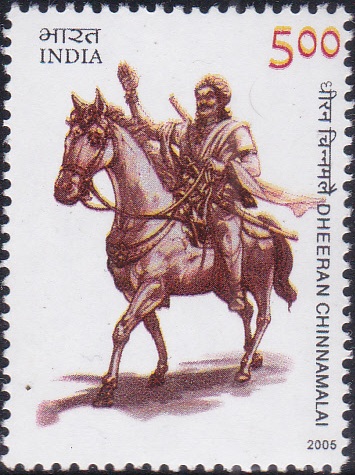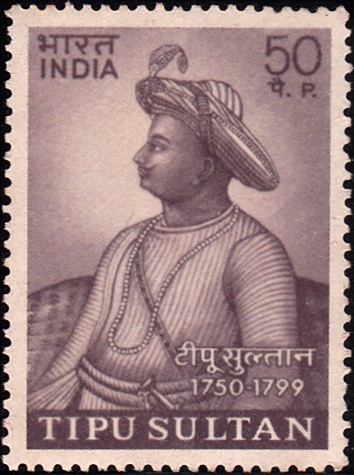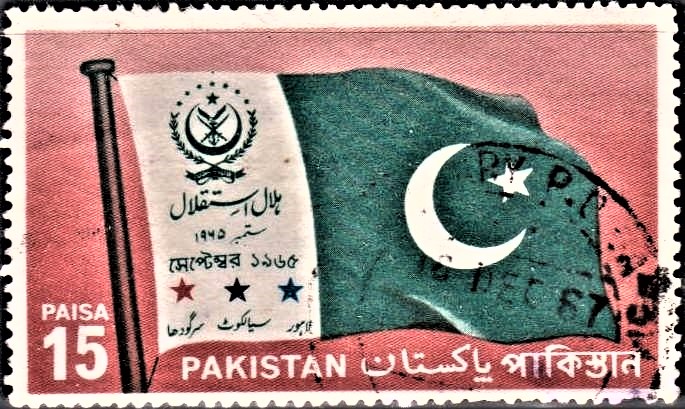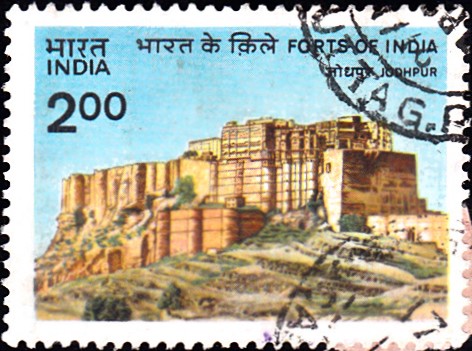
Dheeran Chinnamalai
A commemorative postage stamp on the 200th Death Anniversary of Theeran Chinnamalai, Palayakkarar of Kongu Nadu, fought against British East India Company :
Issued on Jul 31, 2005
Issued for : The Department of Posts is happy to issue a commemorative postage stamp in honour of the legendary freedom fighter, and an icon of valour and sacrifice, Dheeran Chinnamalai.
Credits :
Stamp : India Security Press, Nasik
FDC & Cancellation : Alka Sharma
Type : Stamp, Mint Condition
Colour : Multicolour
Denomination : 500 Paisa
Stamps Printed : 0.6 Million
Printing Process : Photogravure
Printer : India Security Press, Nasik
Name : Chinnamalai Theerthagiri Gounder
Born on Apr 17, 1756 at Melapalayam, Erode, Tamil Nadu, India
Died on Jul 31, 1805 at Sankagiri, Tamil Nadu, India
About :
- It was the time when the British were striving to expand their sovereignty in India by force or by enticing the smaller kings offering protection from other perceived aggressors. While many smaller rulers fell prey to this, some of them refused. One of such brave and patriotic heroes is Dheeran Chinnamalai who ruled a part of western Tamilnadu, called Kovaikone of Kongu Province, who sacrificed his life fighting against the foreign invaders during the late 18th and early 19th century. By his acts of bravery he came to be addressed as “Dheeran Chinnamalai”.
- Born to Shri Rathina Sarkarai and Smt. Periyatha, at Melapalayam in Erode District in Tamilnadu on 17th April 1756 and named “Theerthagiri” by his parents, he grew up as a warrior with deeply ingrained love for freedom. It is said that he assumed the title “Chinnamalai” when he prevented the outflow of tax from his area to Hyder Ali, the ruler of Mysore. When Tipu Sultan occupied the throne, he heard about the valour and bravery of Chinnamalai. Tipu Sultan wanted to support him in fighting against the British. Dheeran Chinnamalai, subsequently formed a band of 1000 brave-young Kongus which was called the Kongu Army. Dheeran Chinnamalai was instrumental in the victories at Chitheswaram, Mazhavalli and in the battle of Srirangapatnam. After the death of Tipu Sultan, he returned to Kongu Province and settled at Odanilai. He constructed a Fort and continued his struggle against the British and won the battles on the banks of the river Cauvery in the year 1801, at Odanilai in 1802 and at Arachalur in the year 1804.
- Dheeran Chinnamalai left his fort to avoid the cannon attack by the formidable enemy and engaged in Guerilla warfare while stationed at Karumalai in Palani region. But the desperate enemy managed to capture the brave warrior by deceit. His cook informed the enemy about his whereabouts and he was captured, and was hanged on 31st July 1805 at Sankagiri, now a part of Salem District. This exemplary bravery and heroic sacrifice left an indelible imprint on the history of India’s freedom struggle.
- Dheeran Chinnamalai believed in harmonious relation among different communities and castes and treated them with equal respect. Dheeran Chinnamalai also participated in devotional activities as is evident from the shrines built by him in Arachalur, Anoor, Melapalayam and Sivanmalai. He was also instrumental in developing the Sirumalai Plantain variety in Palani Hills.
- Text: Material given by the proponent.








[…] a remarkable role in the army war field of first and second Palayakarar, kattabomman, Velunachiyar, Theeran chinnamalai and Maruthu brothers against British East India […]